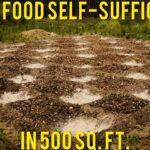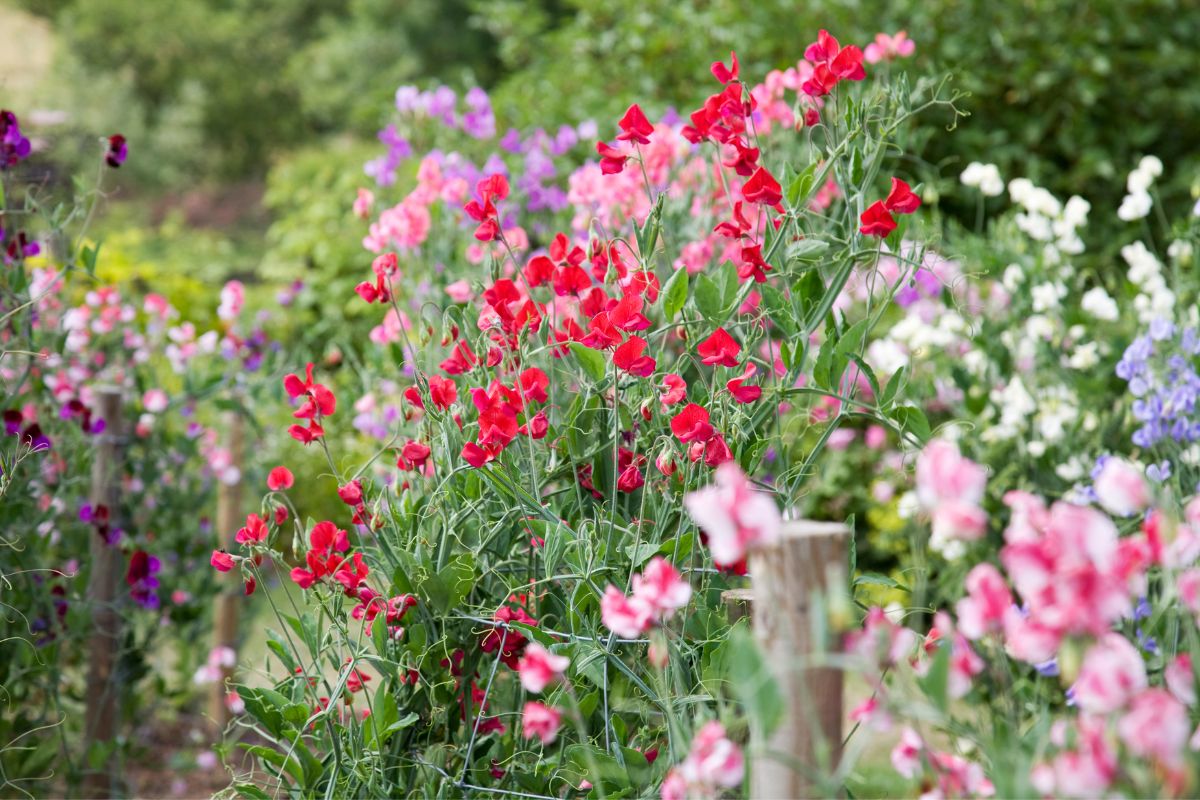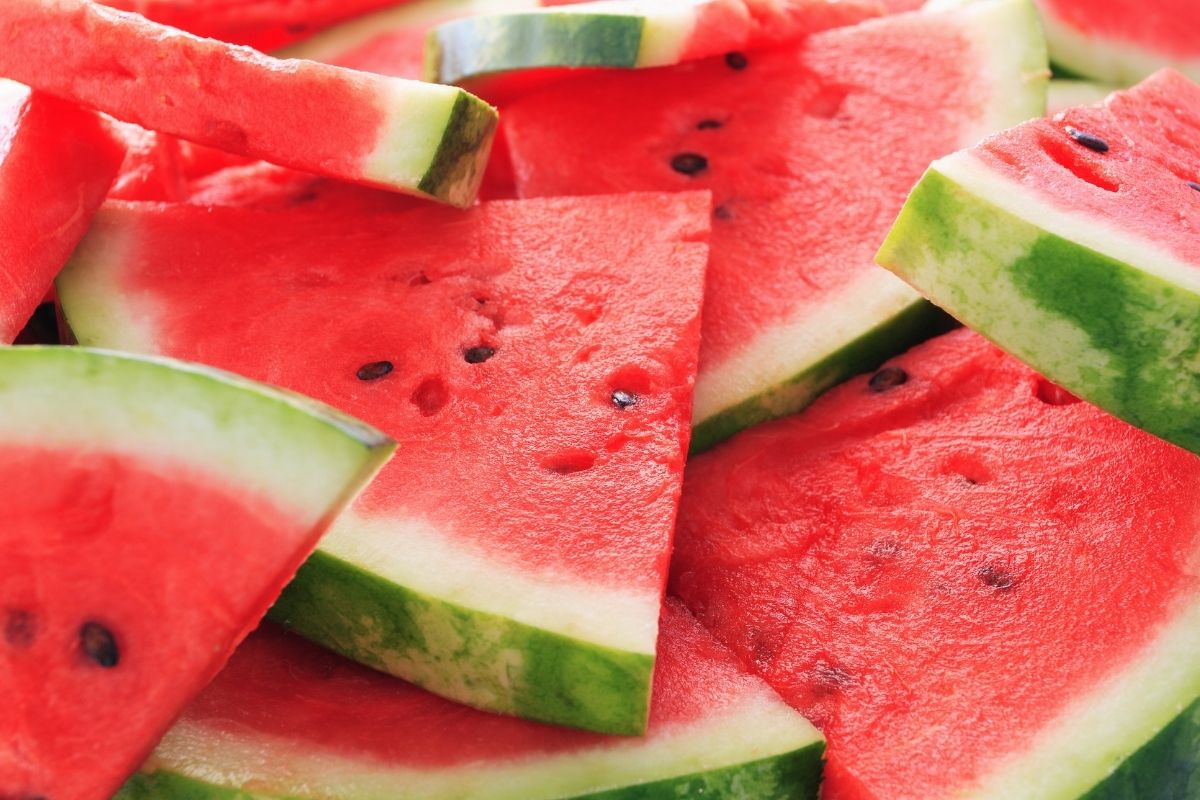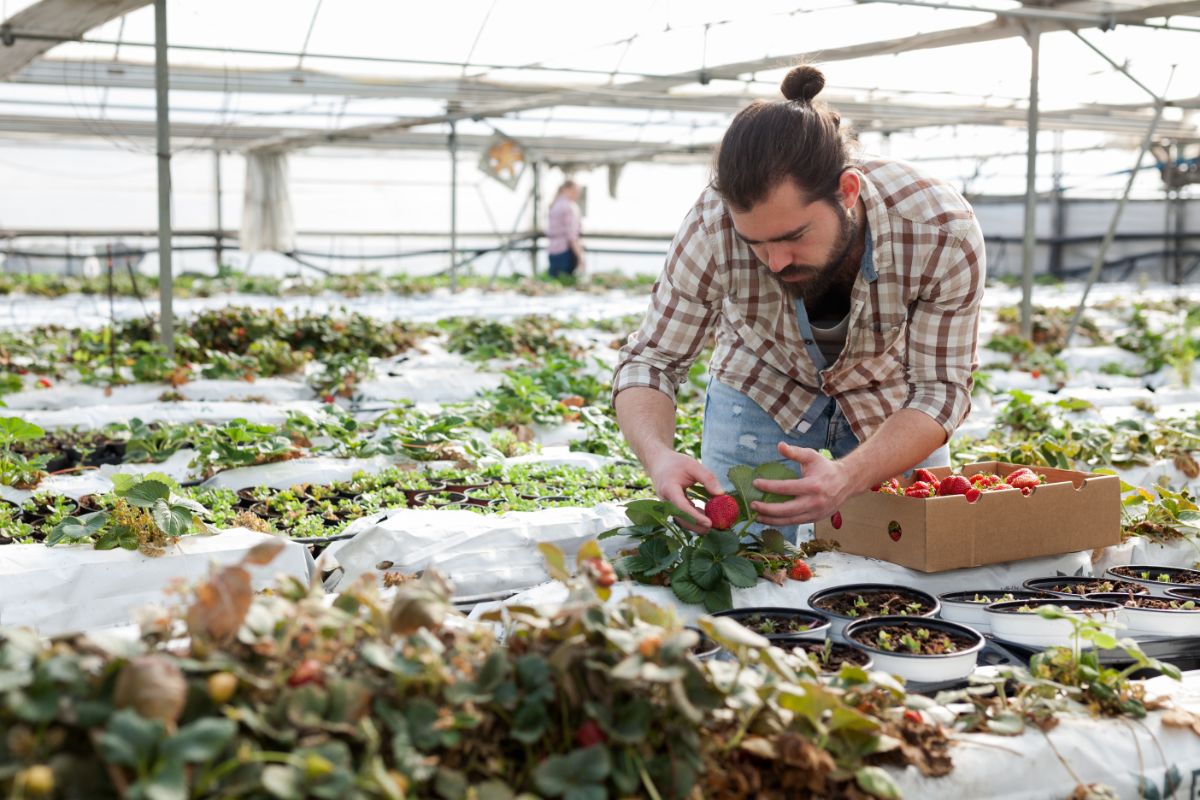Growing peppers can be an extremely rewarding experience, particularly if you grow the peppers from seeds.
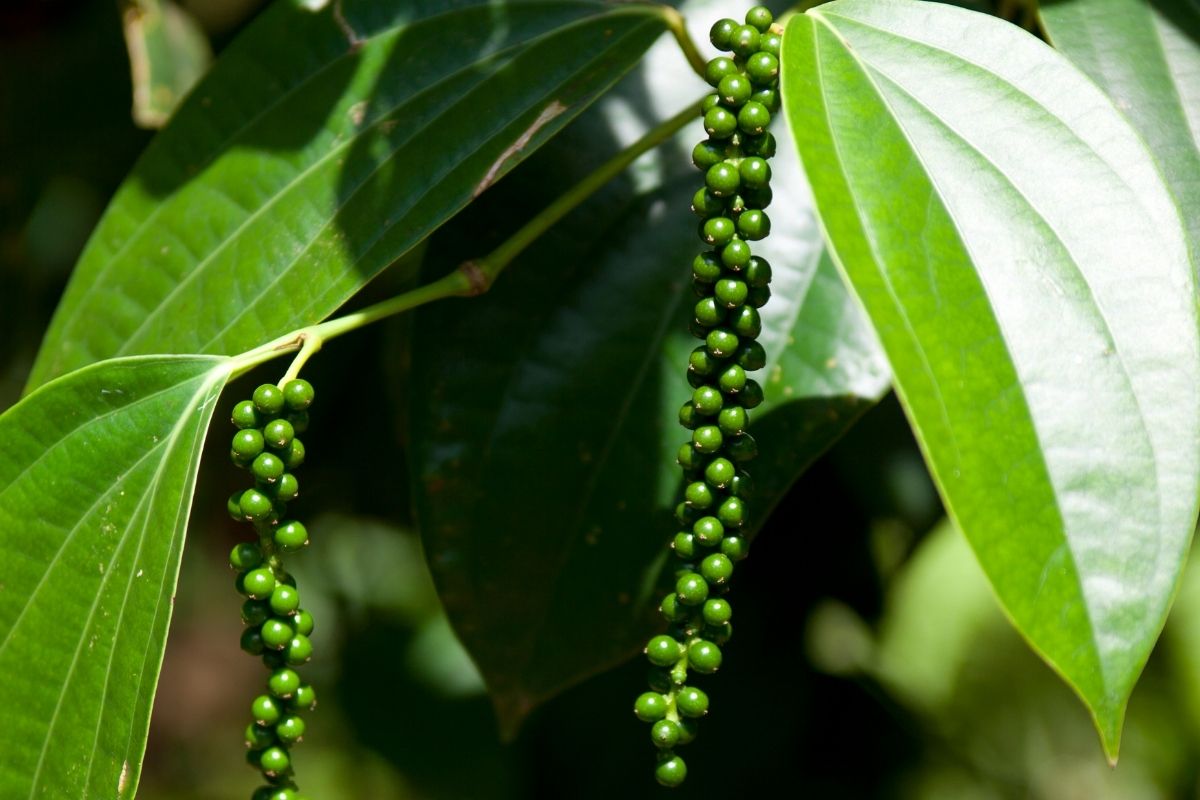
You’ve looked after them and watched them grow to the point of harvest and then you enjoy your hard work with some tasty recipes.
Growing peppers from seeds though is not always as simple as it sounds, so we’ve made it a little easier for you with this guide.
We’ll look at some tips for how to grow healthy peppers from seeds, along with some other very handy pieces of information that you may need to know!
Always Use Fresh Seeds
Older seeds have less of a chance to sprout unlike fresh seeds. Having said that though, seeds if they are properly stored can last for two decades.
Seeds should be kept in a cool dry place where there’s no direct sunlight.
If you’re using paper packets or plastic bags make sure they are sealed tightly and store away from heat sources like radiators.
If you’re growing indoors, keep your seedlings out of direct light but do allow enough natural light through for photosynthesis to occur.
This will help them to produce more fruit.
Keep Your Seeds Moist And Warm
Adding on from the previous point, for successful germination of pepper seeds, they should be kept in a warm and moist climate.
Greenhouses do not always work because temperature can drop significantly at very important times.
Instead, you should consider using seedling heat mats which will keep their temperature up and maintain their regulation.
Always Remain Patient
Regardless of what peppers you are trying to grow, it will take time and therefore you will need to remain patient.
Peppers can grow from anywhere between a week to two months, so be aware of what seeds you have.
Peppers Like It Hot
The ideal temperature for peppers to grow needs to be above 70 degrees Fahrenheit, so it’s so important that you keep these warm at night time when the temperature drops and keep them away from frost conditions.
Be Wary Of Watering
It’s quite common for us to water plants and vegetables frequently, but it’s vital that you don’t over-water your pepper seedlings.
The fact is, pepper seedlings do not do well with damp and soggy soil, so you need to be careful on the amount of water they have.
Between watering, check the soil for dampness and how much water it has retained. If it is already damp, do not water it any further.
Pinch The Peppers
There’s a very common method among home-growers that if you pinch the first sprouts or blossoms off – the peppers are encouraged to produce much stronger roots and overall fruit.
In fact, you can go further with this by softly “brushing” the next blossoms with your hands and giving them a slight fan or breeze.
Baby Steps From Indoor To Outdoor
Once you think your peppers are ready to move from indoors to outdoors, you should take small steps to harden your peppers ready for their time outdoors.
Consider taking them outside for a few hours a day and then back inside.
This allows them to get used to the conditions outside like wind and other factors so they do not get shocked.
After a week or so, you can then move the peppers outdoors permanently until harvest.
Peppers Love The Sun
Perhaps unsurprisingly when we consider where peppers are native to, but growing your own peppers from seeds will be largely assisted with the sun.
The more they have, the better!
Once you’ve started moving your peppers outdoors, peppers should enjoy direct sunlight for about 8 hours a day.
Be Careful Of Fertilizer
Fertilizers can be high in nitrogen which is good for some plant growth, but peppers prefer organic fertilizer.
You can either buy these in a garden store or you can make your own with homemade compost.
Create A Garden
A healthy pepper garden is surrounded by other plants and flowers.
Pollination is incredibly key to the growth of peppers and even though peppers can self-pollinate, having other pollinators around gives them a real boost!
Not only this, it helps by attracting bees and other helpful garden critters that will promote healthy growth.
Give your peppers plenty of space with lots of fresh air and sunlight and never use pesticides!
If you have a pet, ensure they cannot access the garden area.
Know When To Harvest
Perhaps the most well known pepper is the bell pepper, but what some people may not know is that the bell pepper is technically an immature pepper.
Depending on what peppers you’ve planted and what you want to harvest, ensure you know the best time and best signs to do so.
Why Grow Your Own Peppers
If you’re looking to grow your own food, why not start with something as delicious as a pepper?
They’re easy to grow, require little maintenance and taste great. They also provide many health benefits including being rich in vitamin C and antioxidants.
Growing your own peppers will help you save money, learn new skills and give you all the satisfaction of knowing exactly what goes into your meals.
Great Food Using Peppers
If you’re wondering what foods and meals you can include peppers in, consider these:
- Pepperoni pizza
- Hot dogs
- Salsa
- Guacamole
- Tacos
Health Benefits From Peppers
Peppers are packed full of vitamins and minerals, such as Vitamin C, potassium, calcium, iron, magnesium and zinc.
Not only this, but they contain antioxidants, which protect against free radicals.
This means reducing the risk of cancer and heart disease.
They also contain carotenoids which are converted into vitamin A in our bodies. This is essential for maintaining healthy eyesight and skin.
The Bottom Line
Growing your own peppers from seeds can be one of the best things you can do. Once you get it all right, you will feel a great sense of pride.
Knowing how to grow peppers from seeds with these tips will help you on your journey, and we hope we’ve helped you with yours – good luck!
- Pull Sprouts: 1 Potato Peel, 200 Plants - July 7, 2022
- Creeping Thyme: Flowering Herb And Ground Cover - July 7, 2022
- East meets Midwest in the garden of Linda Brazill and Mark Golbach, Part 1 - July 7, 2022

